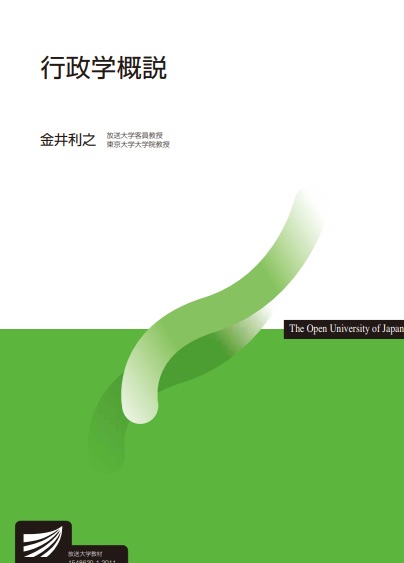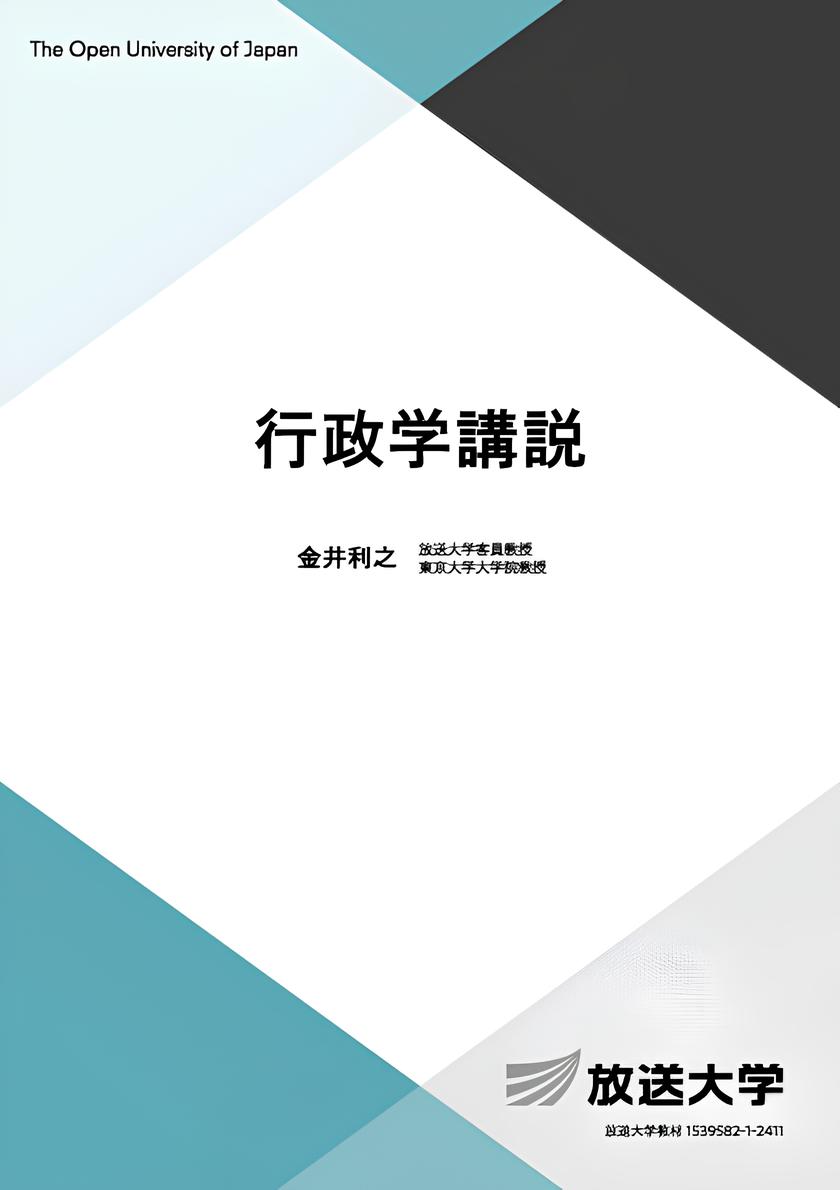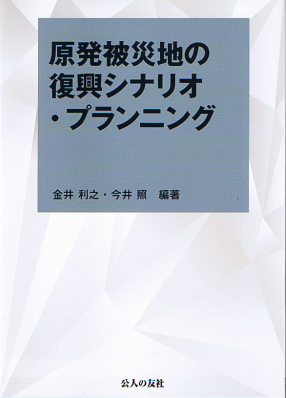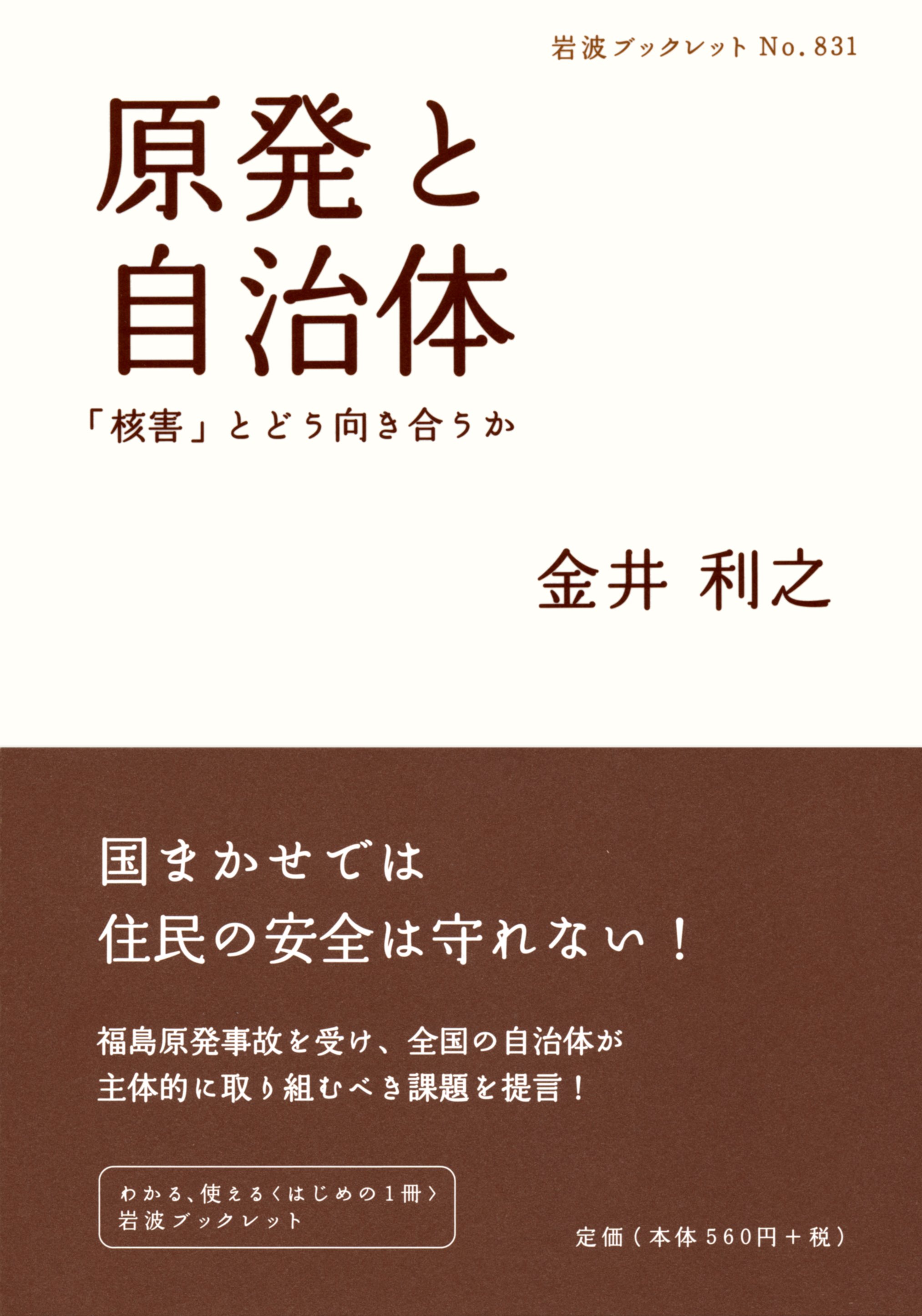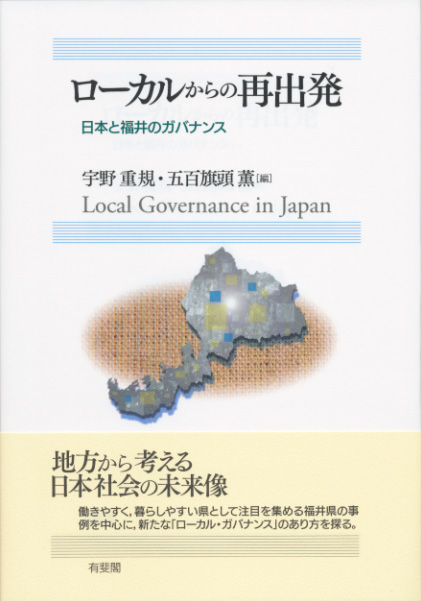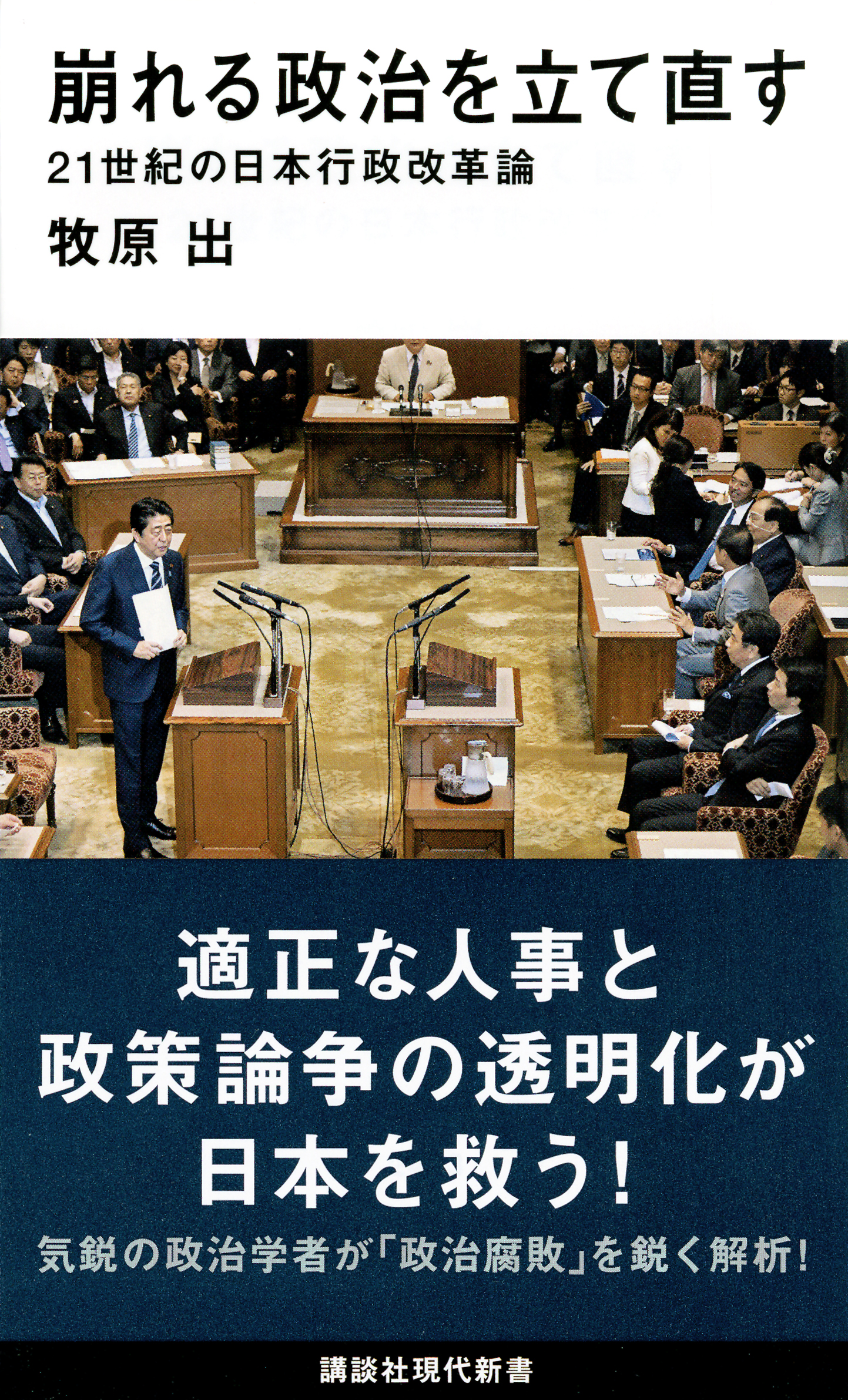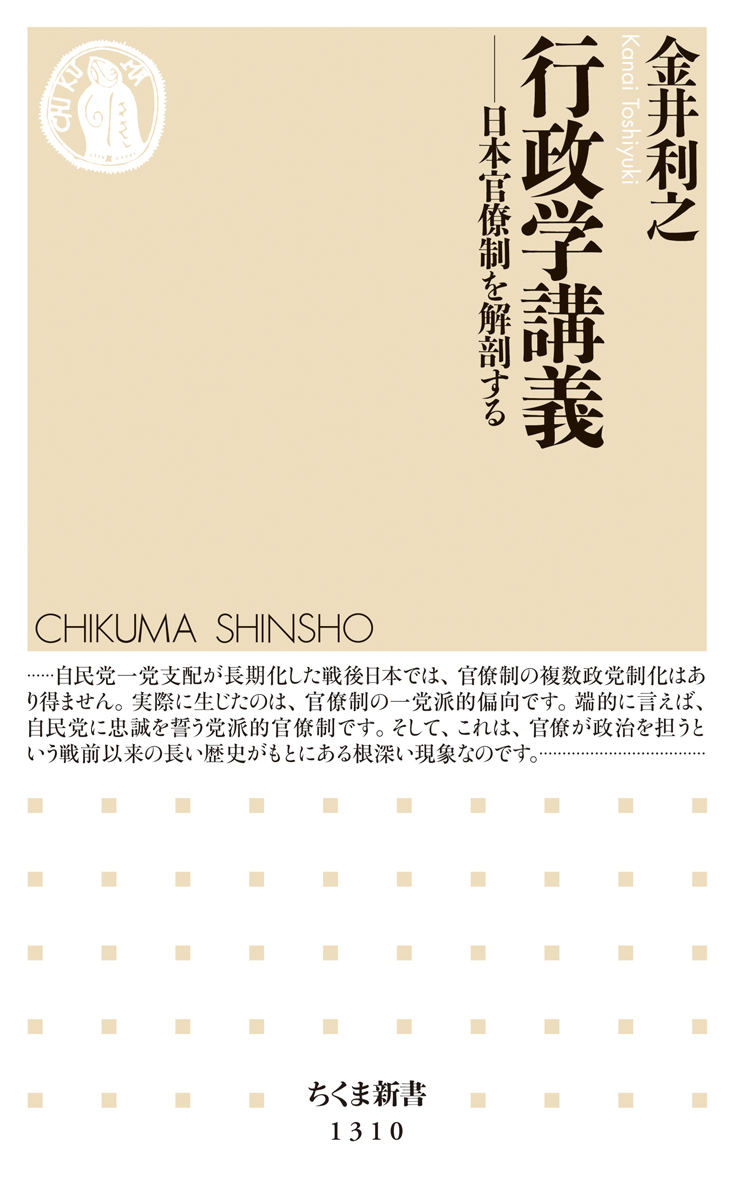
Title
Chikuma Shinsho Gyoseigaku-Kougi (Lectures in Public Administration)
Size
384 pages, paperback pocket edition
Language
Japanese
Released
February 05, 2018
ISBN
978-4-480-07128-6
Published by
Chikuma Shobo
Book Info
See Book Availability at Library
Japanese Page
This book provides an introduction for the general reader to the gyosei (administration) and kanryo (bureaucrat) of Japan. It is called Lectures in Public Administration, but it is not a standard academic textbook. Hence, it would be difficult to make use of it in a college class unless the lecturer was to supplement it with a significant amount of basic knowledge. This book reflects the writer’s own original approach to thinking about how the government is administered. But it is based on the fact. However, a different picture of gyosei and kanryo would surely come even when grounded in the same essential facts.
Democracy should be based on the sameness between ruler and ruled. However, the ruler has ruling power against the ruled. The ruling group exercise governmental control, and at the heart of it are the gyosei and kanryo. Therefore, in the case of liberal democracy, what is important is the democratic control to the gyosei and kanryo by national and local politics, the direct participation of the people, and individual freedom. This is handled in Chapter 1 of the book.
The outside world, which restrains the control of the ruling group, is covered in Chapter 2. While the gyosei aim to control nature, society, and family, the surroundings limits of control are vital. In particular the restrictions are posed by foreign affairs, international relations, and the capitalist market economy. And the most important one is the Beikoku (United States), which defeated it in WWII. US has the special status.
Chapter 3 deals with inside of the ruler in Japan—the kanryo. The gyosei system and the kanryo groups have ruling power. They do form some ruling coalition with those on the politics and business. But many of the ruled are not brought into this clique. The clique has six parts—the other five are politicians, business people, academia, the press, and local government. And since it is formed through personal connections, it continues to grow through reproduction of the personal connections. Even despite the democratic principle of sameness of ruler and ruled, the reality is that there are those among the ruled who can join the ruling clique, as well as those who are excluded from it.
The ruling group implements control over the ruled. Chapter 4 details the four route of control: physical, legal, financial, and intellectual power. Physical power is the most naked control, however legal authority grounded in the law and the intellectual strength of accurate information and knowledge are also vital. Also, as it is more desirable to obtain consent from the ruled through money and communication. The treat and trick serve as an aid to coercive force and law. These four resources of power complement one another. In this way the control of the ruling group is realized.
With the above facts as a base, the final chapter explores interaction between the people and gyosei. It may not be possible for all of the ruled to have roles in the ruling group, however those in the ruling group must be open-minded towards all those whom they govern. Furthermore, the entire citizenry becoming part of the ruling group would not be good. It would be nothing more than an internalizing of the ruling group’s viewpoint, resulting in a hiding of the absurdity of the reality of how the people are governed. Rather, in order to achieve sound control, it is necessary to secure the daily lives of the population who do not become a part of the ruling group. Both inclusion and human security are required.
(Written by KANAI Toshiyuki, Professor, Graduate Schools for Law and Politics / 2018)



 Find a book
Find a book


